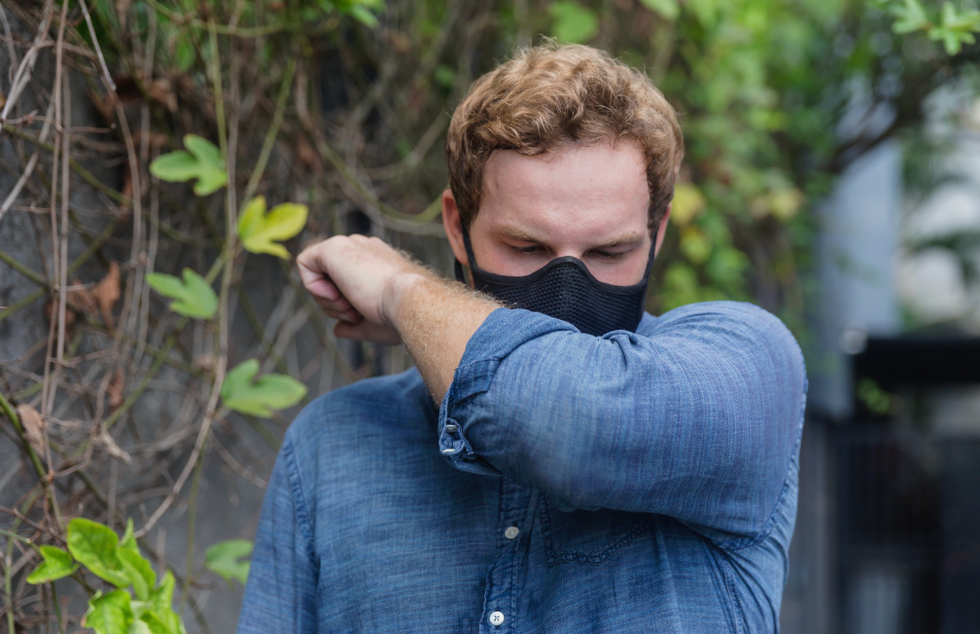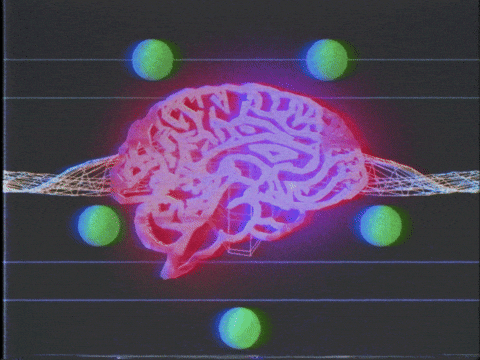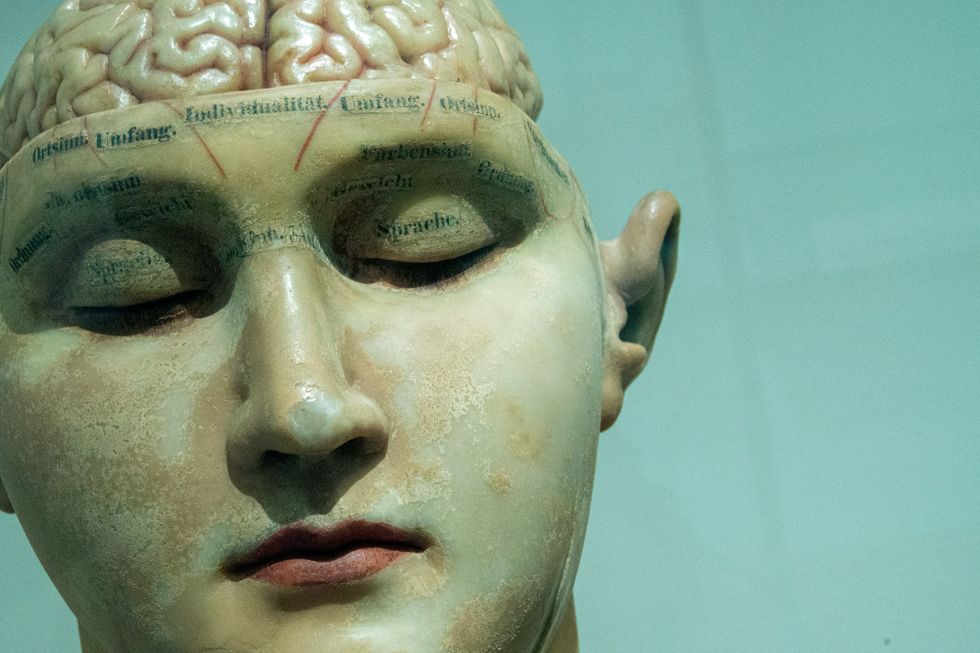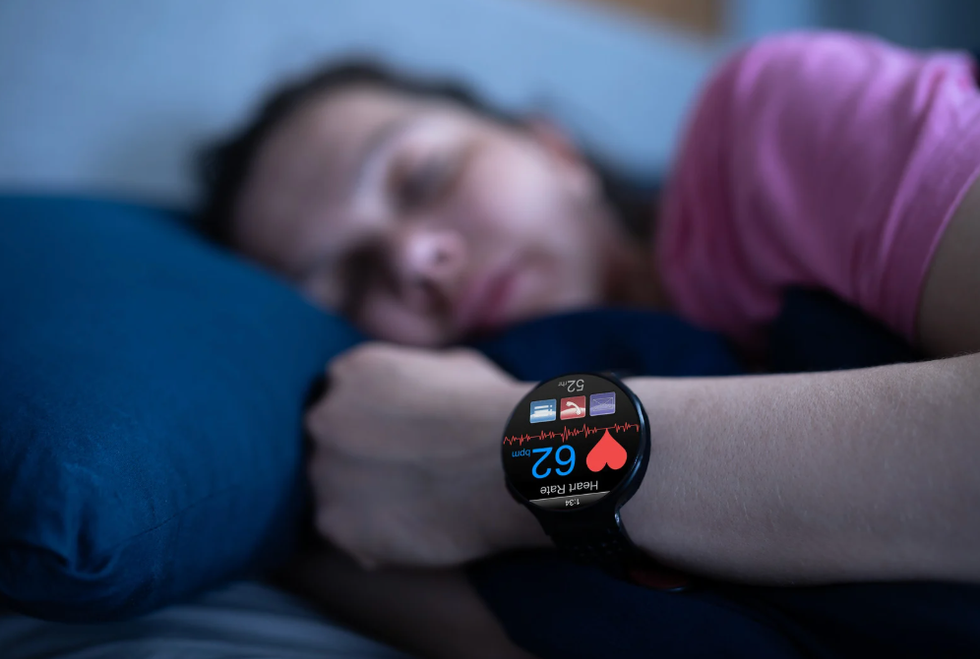When it comes to stopping the outbreak of a dangerous drug-resistant “superbug” bacteria, doctors often have to become detectives. They can treat each patient as they come in, but stopping the infection from spreading — that can be the key to saving even more lives.
Recently, a team at the University of Michigan and Rush University Medical Center used data from a real-world outbreak of a dangerous, drug-resistant superbug called CRKP to show that genetic testing can reveal how these superbugs are spreading, giving doctors a heads up on how to break the chain of infection and potentally stop an outbreak in its tracks.
The data from that CRKP outbreak provided researchers with the story of how the disease spread. In 2008, a man — who was incredibly sick and dying from a CRKP infection — was transferred to Rush University Medical Center in Chicago from a hospital in northern Indiana. Doctors there knew he wasn’t the first CRKP case in the Chicago area. Another case had cropped up just five months earlier.
Two cases of a dangerous superbug appearing in the same region had the doctors worried. A team headed by Mary Hayden, an infectious disease physician, began investigating. With a bit of legwork, they were able to find and map out the spread of the infection, watching how it hitched rides on dozens of different patients as they were transferred from hospital to hospital, nursing home to nursing home.
At the time, genetic analysis wasn’t sophisticated enough to really help Hayden track the chain of infection, but her team preserved samples from the patients anyway, hoping they could one day serve as time capsules for future investigations.
Now, they can.
The recent breakthrough involves whole genome sequencing. As bacteria grow and spread, they inevitably accumulate mutations in their genome, and by taking genetic samples from two different strains and comparing their unique mutations, scientists can tell if they’re related. It’s kind of like running a bacterial paternity test.
Hayden wanted to see if this kind of sequencing could have helped find the chain even faster during the 2008 outbreak.
To test her theory, she teamed up with Evan Snitkin’s genetics lab at the University of Michigan. Snitkin’s team tested each of Hayden’s samples in the order they were originally collected and without any prior information about each sample, essentially walking through the crisis beat-for-beat. As they did, they used the genome sequencing to build a kind of bacterial family tree.
When the two teams compared the new bacterial family tree with the results of Hayden’s 2008 investigation, they lined up nicely.
The technique won’t just duplicate conventional detective work, Hayden says. It could also help reveal nuances and insights into how a superbug is spreading, allowing doctors to move quickly to stop the chain of infection.
During the 2008 outbreak, for example, there were five patients, all at the same hospital, who had all caught CRKP. But doctors didn’t know how and when each patient picked up the bug. If one patient had carried it and spread it to all the others, for example, that’d mean the superbug was spreading within the hospital. On the other hand, if each patient had picked up the bug somewhere else and then came to the hospital, the source must be somewhere else.
Back then, the doctors had to work without knowing which scenario was true, but Hayden’s new genetic analysis showed that it had actually been a combination of both scenarios. Three of the patients contracted CRKP outside the hospital first, then two of them spread the bug to two other patients once they were hospitalized.
Had this technology been available at the time, doctors would have known as soon as they saw the test that they needed to do something to prevent transmission inside the hospital, such as isolating carriers and infected patients, as well as look for an outside source.
“The earlier we can intervene to contain an outbreak, the more likely it is that we can eradicate it," Hayden explained in a press release.
Drug-resistant bacteria like CRKP have become a major medical problem in the United States. At least 2 million Americans catch one of these infections each year and more than 20,000 die from one.
The team’s process will still need to be tested in other settings, like nursing homes and with other diseases, says Hayden, but it should work with nonbacterial infections, such as those caused by viruses and fungi, and could provide a powerful complement to standard epidemiological detective work. The team’s work appeared in the journal Science Translational Medicine.
The team isn’t the only lab that has this kind of equipment and capability, and as such, they’re hoping their results can serve as a proof of concept for doctors and public health agencies like the CDC.
When outbreaks happen, doctors have to become detectives. Thanks to tools like this, the medical Moriarty that is superbug outbreaks may soon be easier than ever to defeat.















 You cannot be too careful when trying to prevent the spread of the flu.Photo credit: Canva
You cannot be too careful when trying to prevent the spread of the flu.Photo credit: Canva
 Big Brain GIF by Jay Sprogell
Big Brain GIF by Jay Sprogell
 Shake It Off Wet Dog GIF by BuzzFeed
Shake It Off Wet Dog GIF by BuzzFeed
 Working out with friends also makes exercise more enjoyable (and feel quicker).Photo credit: Canva
Working out with friends also makes exercise more enjoyable (and feel quicker).Photo credit: Canva
 People with Imposter Syndrome can't accept their achievements.
Photo by
People with Imposter Syndrome can't accept their achievements.
Photo by  Emotion Feeling GIF by Quilt
Emotion Feeling GIF by Quilt Psychologist - Free of Charge Creative Commons Notepad 1 image
Psychologist - Free of Charge Creative Commons Notepad 1 image
 Human anatomy model.
Photo by
Human anatomy model.
Photo by 
 Socks warm your feet, but cool your core body temperature.Photo credit: Canva
Socks warm your feet, but cool your core body temperature.Photo credit: Canva
 A new t-shirt could open up more hospital beds for patients.Photo credit: Canva
A new t-shirt could open up more hospital beds for patients.Photo credit: Canva Wearable solutions could be revolutionary.Photo credit: Canva
Wearable solutions could be revolutionary.Photo credit: Canva Many wearable tech devices could help you monitor your health.Photo credit: Canva
Many wearable tech devices could help you monitor your health.Photo credit: Canva